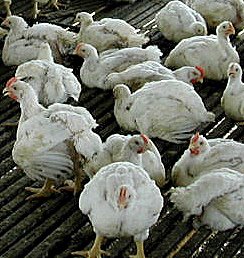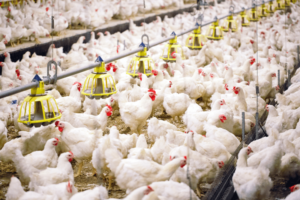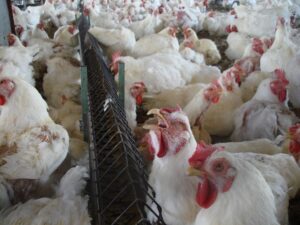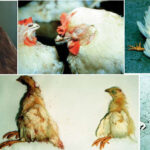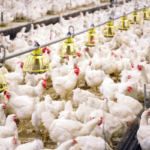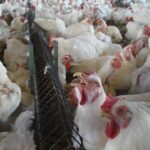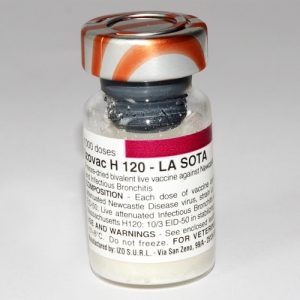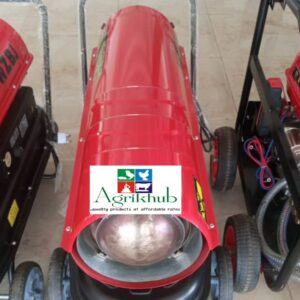Generally speaking, birds are homeothermic i.e. they possess the ability to maintain a uniform internal temperature under varying environmental conditions. However birds’ homeothermic ability becomes inefficient at extremes of temperature because of birds’ poor ability to adjust to temperature extremes. There is a constant interplay between the birds’ body temperature and the prevailing environment temperature. Apart from the environment, feeding, digestion, running and flying around all contribute to heat generation by the bird. At any given instance heat loss by the body must equal heat produced by the body, hence body temperature will rise. The principles of heat transfer between the bird and the environment are enumerated below:
Radiation: Radiation is the loss of heat from the body into the atmosphere or adjacent surfaces without any physical contact between the body and the adjacent surfaces. This usually occurs when the body temperature is higher than that of the surroundings. Heat loss stops when the body’s temperature and that of the surrounding becomes the same.

Conduction: This is loss of body heat to the environment as a result of physical contact between the body (especially the feet) and cooler surfaces (especially floor and wall) in the environment.
Convection: This is heat loss due to the natural characteristics of air to expand and rise when it comes in contact with hot or warm body surfaces. The heat loss as a result of convection increases as the air current within the facility increases.
Excretion: Fecal excretion from the vent also results in loss of small amount of heat from the body.
Evaporation: This is the major means of heat loss in birds during episode of high environmental heat. Evaporation is simply defined as a change of water from the liquid state to gaseous state. Heat energy is usually expended during this change of state. Evaporative cooling in birds is usually accompanied by panting. Birds’ ability to cool off through evaporative cooling is drastically affected by high humidity. The higher the humidity, the more difficult it becomes for birds to lose heat through evaporative cooling.
Panting despite been the most effective method of heat loss in hot birds, can become dangerous to flock if prolonged. It is a very stressful exercise for birds. It causes excessive loss of water thereby making birds to drink more than is needed by the body. The water surplus taken by the birds is lost in feces which results in wet litter. Also, panting results in loss of important body electrolytes like bicarbonate resulting in rise of blood plasma pH.


